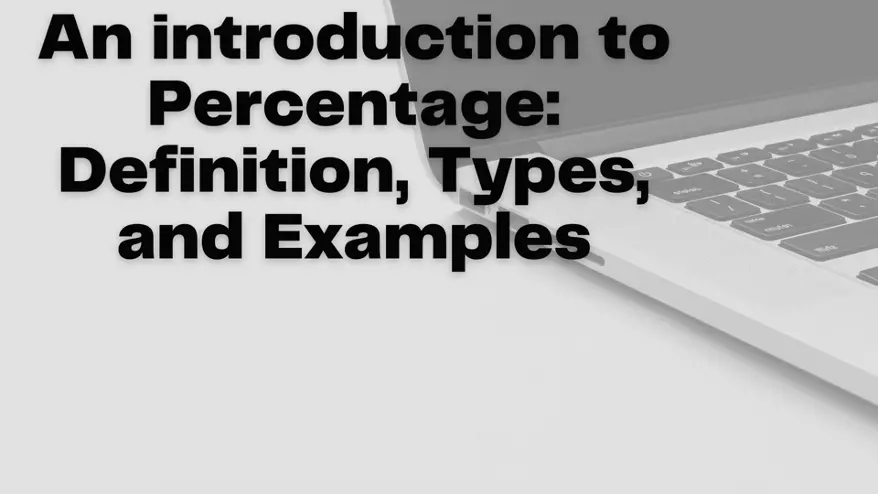Probability Calculator
Best Probability Calculator
Probability Calculator
What is a Probability Calculator?
A probability Calculator is an analysis tool for risk that is accessible on the internet. It was created to determine the probabilities for one or more instances.
The probability Calculator helps to examine the relationship between likelihood and probability within two different events. It also completes the calculations with no errors. If you're searching for ways to calculate probabilities? A probability distribution calculator will be the most suitable choice for you.
Benefits of using a Probability Calculator
The probability Calculator lets you quickly determine the probability of single and multiple events. For example, if two events, A and B, have probabilities of 50% for each, what would be the probabilities of events occurring?
This Calculator has 6 research objectives and 7 more goals once you go to the advanced level. This Calculator can save time and effort if one knows how to calculate the probability of different instances.
How to use The Probability Calculator
The Probability Calculator is quite user-friendly. Just enter the following numbers into the program:
- Distribution Choose the type of distribution employed in the simulation by selecting either the Lognormal Distribution or the Fat Tails Distribution. Mathematicians have long known that stock prices are moving in a lognormal manner which is the basis of the Black-Scholes Model. In reality, stocks move using the fat tails distribution, which is very lognormal. Still, it also allows for greater movements on the extreme ends in the range, i.e., significant increases in price or huge decreases in price that could normally be expected from a lognormal pattern.
- Trial number: Enter the number of trials you would like the software to run. It is recommended to use 10,000 trials as the default. We don't recommend making use of smaller than that number of trials. The more trials you do, the more precise estimations you can obtain, but the longer it takes to complete the calculations. Ten thousand trials are usually enough.
- The current price of stock Enters the price at present of the security in question.
- Price up/down Input the price that the store will need to be at for you to trade. Most of the time, this is the amount required to "break even."
The Good, the Bad, and Probability Calculator
The average deviation could also be used for the monthly or weekly charts. A team generally poor in a wide range of categories is likely to have a low standard deviation. Here's a link for Pearson's R Calculator, which can be used to avoid tedious calculations and discover the right numbers in just a few seconds.
Based on the example above, we can use the formula below to calculate the experimental probability if you want to determine the likelihood of a randomly selected student taking a finance course. You can experiment to determine the possibility of the experiment.
The Basic Facts of Probability Calculator
This guide will show you how to determine probabilities area beneath the line of a normal distribution. In reality, figuring out the standard error without the essential information needed to determine standard deviations is ineffective. The individual probabilities are multiplied until you get the correct answer.
Standard deviations correlate to the amount of money under security. It can help identify whether an amount is an outlier in the true sense. It is used to determine a minimum and maximum value, within which a product component must have a high proportion most of the time.
It is important to note that standard deviation is converted into a percentage, which means that the average variation of different stocks can be evaluated similarly. Data on volatility isn't readily accessible, so learning how to calculate it yourself is recommended. The 20-day volatility historical record is usually a good estimation.
A standard deviation of less than a certain amount indicates you can be sure that most of the numbers are within the range of the mean. If your sample isn't random, it is impossible to be sure of the results. Most of the time, you'll be using the standard deviation of your sample formula since you'll often sample from one group and will not have access to information about the whole population.
 English
English
 Bahasa Indonesia
Bahasa Indonesia
 Português
Português










